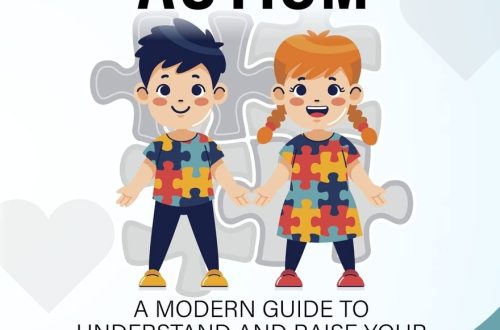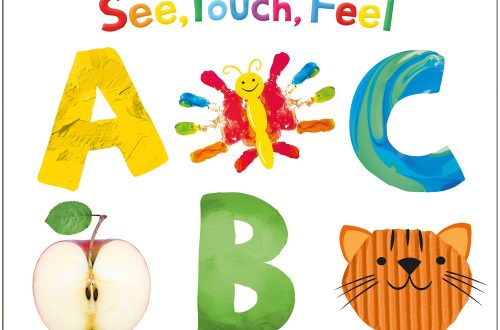Guiding a Child Through Their Formative Years
[ad_1]
The period from 0 to 7 years is probably the most important in regards to their brain development. At first the brain grows at an enormous rate during the first 3 months. We just have to compare the size of the head to that of a newborn at these times. At the end of that time the brain size is around half of what it will be as an adult. During that time it is capable of taking on-board a lot of information, mostly due to survival.
According to research at the JAMA neurology network male brains grow quicker than those of females and the fastest growth is related to movement. The most rapid changes occur immediately after birth. The cerebellum which is linked to movement grew at the highest rate and doubled in size in the first 90 days. The hippocampus, related to memory, grew at the slowest rate.
While these studies are important and explain a lot about how babies’ brains develop they may also explain why some babies have the ability to climb trees at 6 months of age. This is observed among tribal groups who live in areas where predators are prominent.
In the Western countries where education is undertaken at an early age the result is that a child can handle lessons at school a lot better than another who is left to his own devices. That has an effect on governments who support early child-hood learning, as in Australia. Here children are able to enter a pre-school situation at the age of 4 but that is also after many have been to day-care centres where some learning is undertaken.
By the time the child is seven the channels in the brain must be open to enable learning to continue. Children who come from bi-lingual families, for instance, can easily switch from one to the other. On the other hand, children who are only taught a second language in primary or senior school will have much difficulty in focusing on it. The same may apply to science and maths.
The formative years from birth to 7 are the best time to introduce new learning and to structure their minds for what they will do later in life. It is also at this time that pseudo-suggestions can help a child with later career choices.
[ad_2]
Source by Norma Holt



